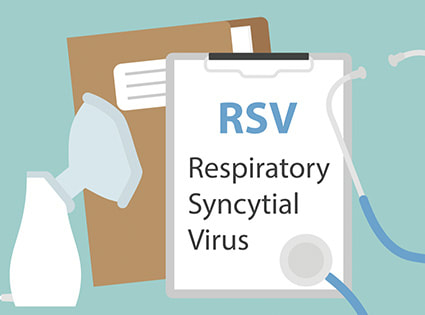RSV Prevention in Alaska Natives is a CDC Priority
The Arctic Investigations Program (AIP), a branch of the CDC located in Anchorage, assures Sol de Medianoche that “preventing RSV (Respiratory Syncytial Virus) in Alaska Natives is a priority.” But Native children in the Yukon Kuskokwim Delta are being hospitalized at triple the rate of the child population in the rest of the country. There are no vaccines.Worldwide, one in fifty children under the age of five dies from RSV, according to the journal Lancet Respiratory Medicine. Their studies, released by Ethnic Media Services, indicate that RSV kills between 100,000 and 200,000 infants under the age of 12 months annually. RSV is the second leading cause of infant death, after malaria. In the USA, the CDC estimates that between one hundred and three hundred children under the age of five die from the infection. Mortality in adults over 65 years of age ranges from six thousand to ten thousand deaths.
We spoke with Jasmine Reed, from the Division of Media Relations at the Centers for Disease Control and Prevention (CDC). What is the difference between the flu and RSV, which is more deadly? The flu is caused by the influenza virus. RSV is caused by the respiratory syncytial virus. Both infections can be serious for infants, adults, or people with medical conditions. The CDC estimates that in the United States, RSV causes 6,000 to 10,000 deaths in adults 65 years of age and older, and 100 to 300 deaths in children under 5 years of age. Influenza causes between 12,000 and 52,000 deaths annually. Are we facing another pandemic, like Covid-19? No. If there is any change, we will alert the public. What statistics does CDC have on RSV in Alaska? RSV in Alaska Native infants in the Yukon Kuskokwim Delta is associated with a hospitalization rate three times higher than the rest of the nation’s infant population. Alaska Native infants experience one of the highest rates of hospitalization for lower respiratory tract infections (LRTI) and RSV. Why are they most at risk? The tribal health system for delivering medical services in rural Alaska is well developed. But there are factors that could drive RSV: overcrowded homes, lack of running water and sanitation, and indoor air quality. The disparity is multifactorial and related to poverty. What are you doing to combat RSV? Preventing RSV in Alaska Natives is one of the priority activities of the Arctic Investigations Program (AIP), which is a branch of the CDC located in Anchorage. Most infections go away on their own within one to two weeks. There is no treatment for RSV. Researchers are working to develop vaccines, but there are none yet. What can stop RSV? There is a drug, palivizumab, that prevents severe RSV illness in infants and children at high risk, such as babies born prematurely, or with congenital heart disease, or with chronic lung disease. The drug can help prevent severe RSV disease, but not the infection itself, nor can it cure it. |
